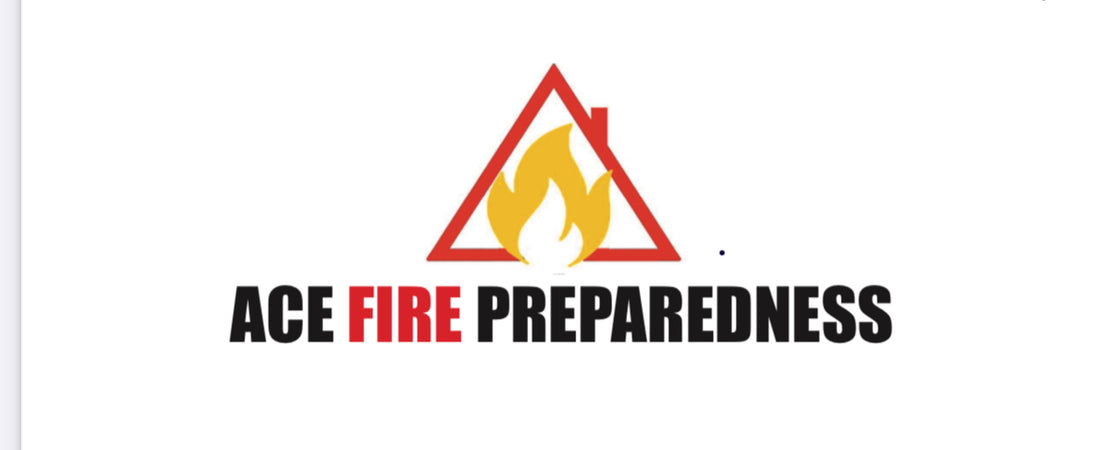Discover the keys to protecting your home from the devastating effects of wildfires. Recent studies have revealed a startling fact: ninety percent of structure fires are ignited by wind-driven embers that find their way into air vents, eaves, or settle near combustible materials. It's time to take action and safeguard your property.
Take a cue from the survivors of the historic Paradise Fire, one of California's deadliest wildfires. They shared a common element: a clear zone surrounding their homes, free from combustible materials. Even a few feet of stone around the foundation can make a significant difference.
While urban areas with piped services, fire hydrants, and nearby fire stations offer greater protection, many of us reside in suburban areas known as the Wildland-Urban Interface (WUI). If you find yourself in a rural wildfire hazard zone, these tips are designed specifically for you, where immediate fire department response may not be available.
Rest easy, knowing that roofs are constructed to be fire retardant with non-flammable materials according to code. Soaking your roof or shrubbery with water during extreme heat is an ineffective strategy, as the water quickly evaporates.
Here are some essential tips to fortify your home against wildfires:
🔥 Keep combustible materials away from your home, such as firewood, wood sheds, and fences.
🔥 Eliminate mulch around your house, as it acts as a potential ignition source against your home's exterior.
🔥 Remove dry leaves, particularly under decks, where they can serve as fuel for ember ignition.
🔥 Consider opting for drought-resistant landscaping instead of a traditional lawn, as dry grass can ignite faster than you can run.
🔥 Ensure your gutters are free from leaves and debris, as they can catch embers and contribute to fire spread.
🔥 Choose stone patios over ground-level decks to minimize fire risk.
🔥 Prune or remove trees that are in close proximity to your house, and clear away any dead branches.
🔥 In higher-risk areas, consider installing a non-ventilated roof to prevent fire from entering soffits and torching the attic.
🔥 Advocate for the use of steel roofing and non-combustible cladding near ground level to enhance fire resistance.
🔥 Exercise caution when constructing wood decks or sheds adjacent to rural homes, carefully evaluating the potential fire hazards.
By implementing these proactive measures, you are taking vital steps towards protecting your home and loved ones from the devastating impact of wildfires. Your safety and peace of mind are our utmost priority. Together, we can create a safer environment for our communities.

